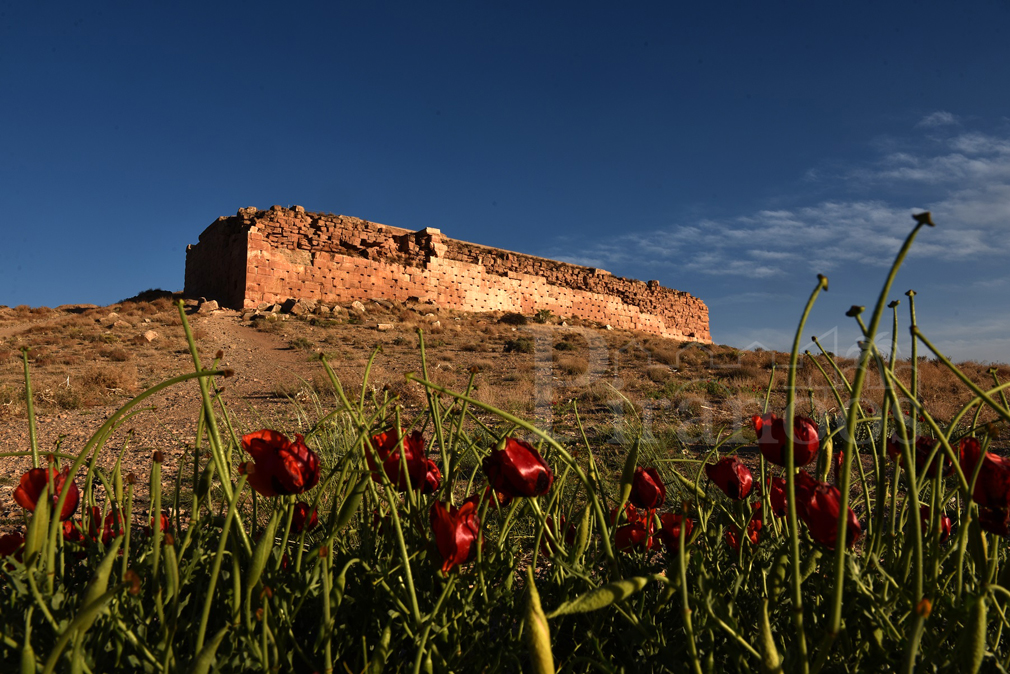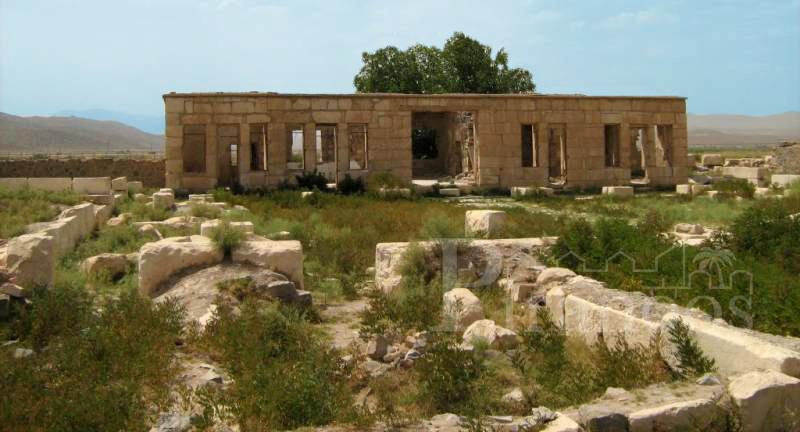On the slopes of the Zagros Mountains there is a land where archaeological excavations date it back to the Paleolithic era. A historic ancient land that owes its entire fame to the powerful Achaemenid dynasty. The land of Pars, where the Achaemenid dynasty originated. The origin of the greatest kings of the ancient world.
Cyrus II or Cyrus the Great, the first king and the founder of the Achaemenid dynasty, is one of the most famous and, of course, the most beloved kings of Iran, known during his reign as a righteous king with a popular government. He ruled over a vast area of Asia for about thirty years.
Cyrus the Great is known for his generosity, establishing human rights, founding the world’s first multinational empire, freeing the slaves, respecting all religions, the spread of civilization, and more.
To visit Pasargadae Complex you have to travel to the south of Iran and Fars province. Somewhere in the middle of the plain of Marghab and the plain of Pasargadae, near the ancient citadel of Pasargadae, there are glorious ancient structures and monuments that are reminiscent of the magnificent Persian Empire and have many stories to tell. This is where the magnificent Achaemenid history was founded and is known as the first capital of this great empire.
The tomb of Cyrus is located in the southern part of the Pasargadae Royal Complex and was constructed in such a way that it was visible from every direction in the Pasargad Plain. Very simple yet beautiful! The Cyrus’ tomb has been respected in all periods of history. The Achaemenid kings used to perform their coronations here. In the Islamic era people attributed this place to Mother of Solomon’s tomb because there was no evidence of the original identity of the tomb. According to myths, the common people considered the construction of large stone monuments like the tomb of Cyrus outside of human power and attributed their construction to Prophet Solomon who had jinns, ghouls and trolls under his command for serving difficult tasks, but those stories were not true. Because years later, the discovery of the cuneiforms and inscriptions and investigating the historical and archeological documents confirmed the original identity of the building as Cyrus the Great’s tomb.
Pasargadae is located on a high plain about 1900 meters high above the sea and surrounded by the great mountain of Zagros. The tomb of Cyrus is an 11 meters high monument with large stones on seven floors. Although the tomb is around 25 centuries old, no mortar has been applied between the stones and instead the stones are attached by metal fasteners. The tomb is built on seven floors, indicating the sanctity and holiness of the number seven among Iranians. On the seventh floor of the tomb, called the Khazaneh (treasury), is the golden coffin of Cyrus the Great and his wife covered with many jewels. The architectural style of this valuable monument is derived from Greek, Asia Minor (Anatolia), Mesopotamian, Egyptian, Elamite and Iranian architecture. The tomb of Cyrus is the only monument in Pasargadae complex which was described in ancient Greek sources. It was probably built before his death and by his own order.



One of the most magnificent buildings in Pasargadae complex is the exclusive palace, which was the king’s place of residence and consists of various sections. A great hall is located in the central part of the palace, with eastern and western porches on both sides.

This palace is 726 square meters and is located in the eastern part of the complex. The great hall of the palace is approximately 686 square meters. According to archeological investigations, the roof of this huge palace used to be supported by eight great stone columns.

The guests used to go to the audience palace to see the king. A magnificent palace built with four porches and a great hall with several columns and there are ways to the great hall from all four porches. In a part of this palace, there is a relief of a four-winged man who is praying and a cuneiform inscription on a carved stone: “I’m Cyrus the Achaemenid King”
The winged man Petroglyph appears to be the “magical guardian” of Pasargadae’s palaces and his four wings symbolize Cyrus’s rule in four corners of the world.

The building is made up of quadrilateral blocks of stone in the form of a tower, which unfortunately today only a 14 meters vertical stone wall had remained from it. There are different stories about this place. Some consider it as the tomb of Cambodia (Cyrus’s son) or the tomb of Cyrus’s wife, but some call it an Atash-kadeh (the Persian fire temple) or treasury, but the truth is not yet clear. An important feature of this monument is its architectural resemblance to the tomb of Cyrus the Great, which is referred to as one of the Achaemenid architectural masterpieces.

It was built under the supervision of the best architects under the command of Cyrus. Each part of this building is related to a period of history such as the Achaemenid, Parthian, Seleucid and Sassanian.



Pasargadae Gardens can be considered as a starting point for creating Persian gardens in later years. These beautiful gardens, called Cyrus Pardis (paradise), are no longer the same as they used to be.
Near the tomb of Cyrus there is also a very ancient mosque and the Mozafari Caravanserai, which were built with the remaining stones and columns of Pasargadae. The Mozafari Caravanserai is a 208 square meters space, built from silver-colored stones transferred from Cyrus mansions. Pasargad Mosque (Atabaki Mosque) is a mosque built during the reign of Atabakan of Fars and by Atabak Saad ebn-e Zangi, the ruler of Fars, around the tomb of Cyrus. At that time it was known as the Mosque or Mashhad of “Mother of Solomon”.


